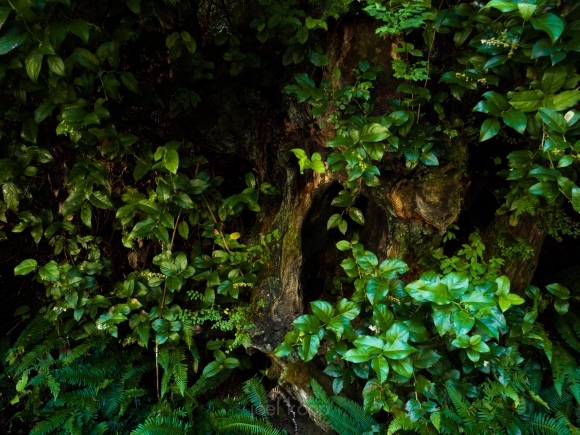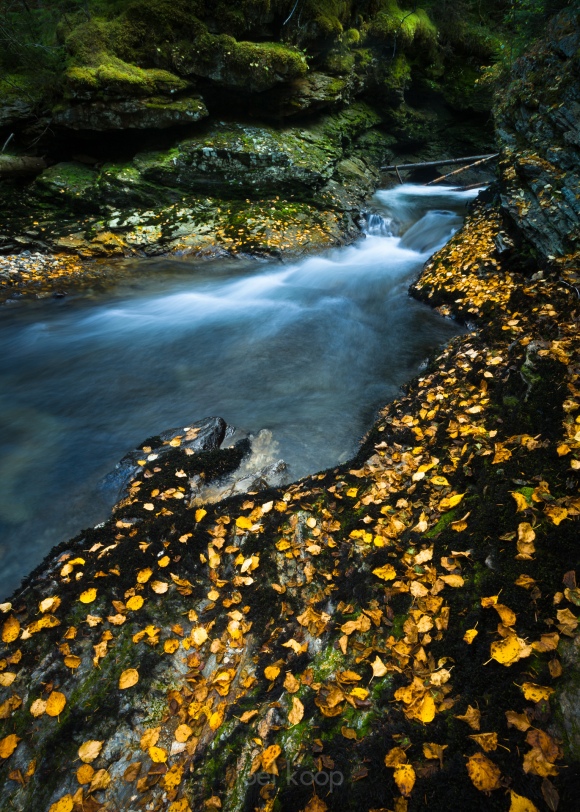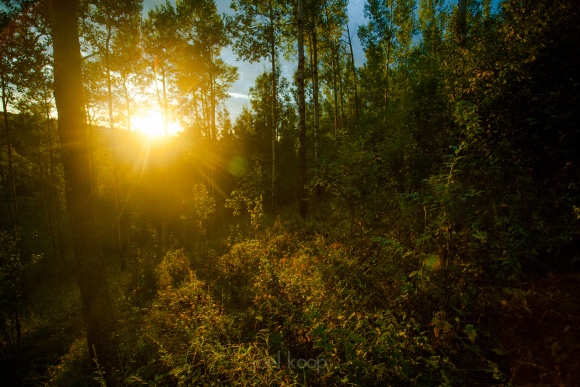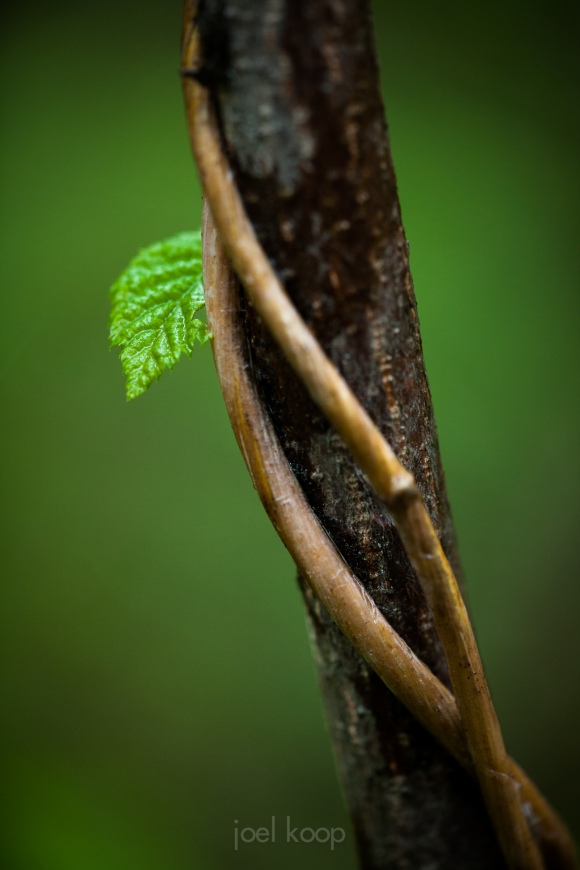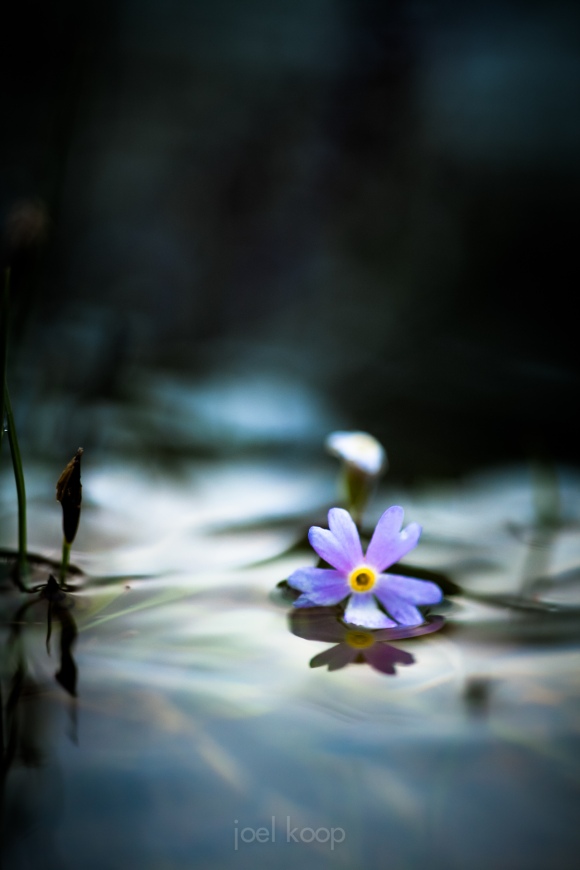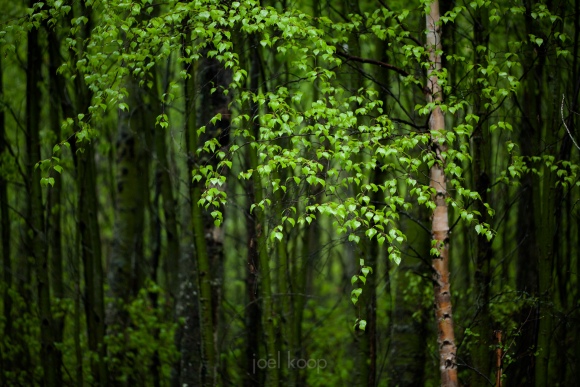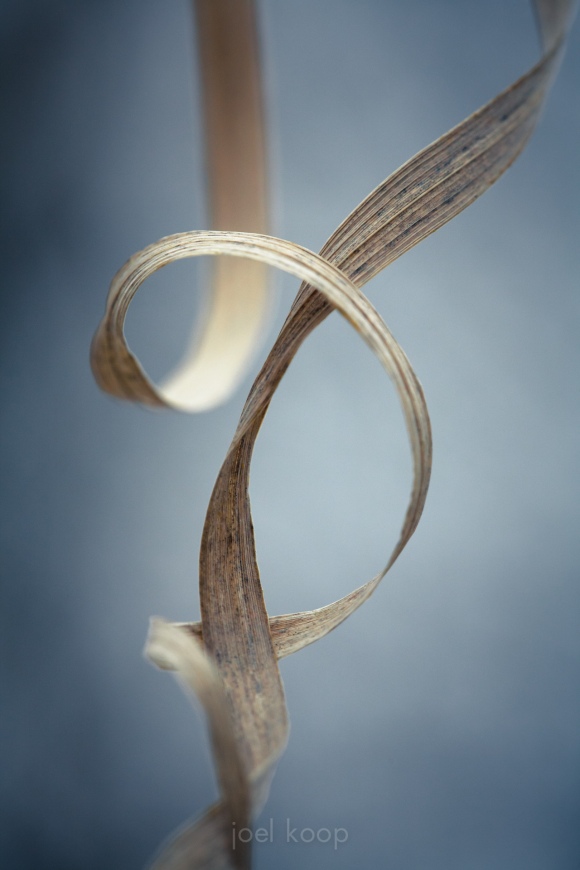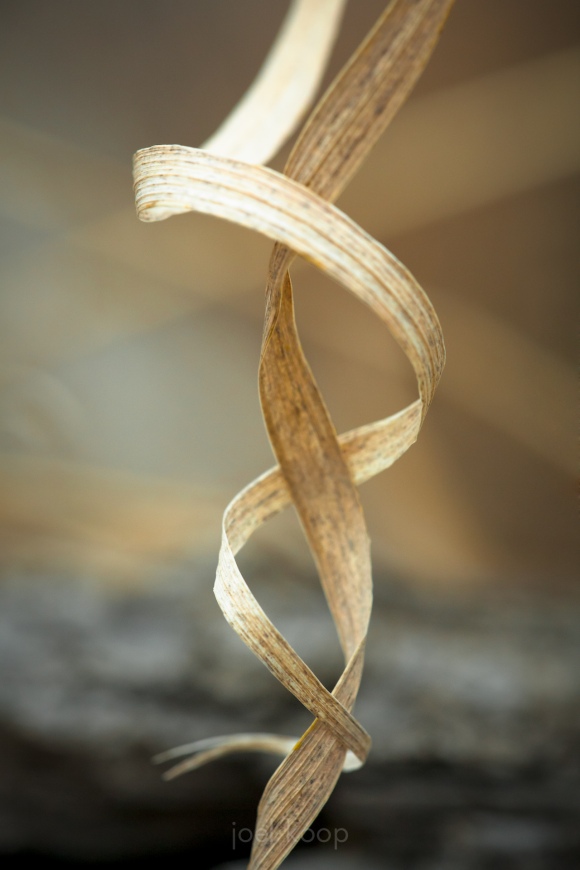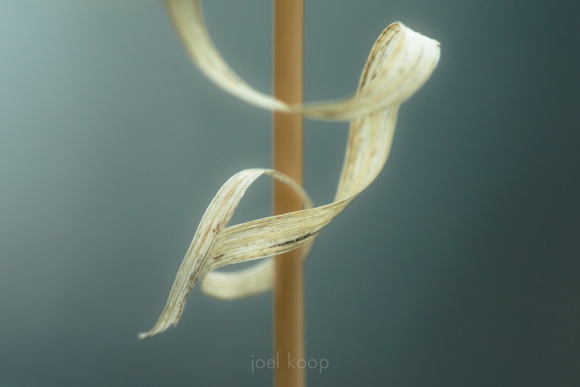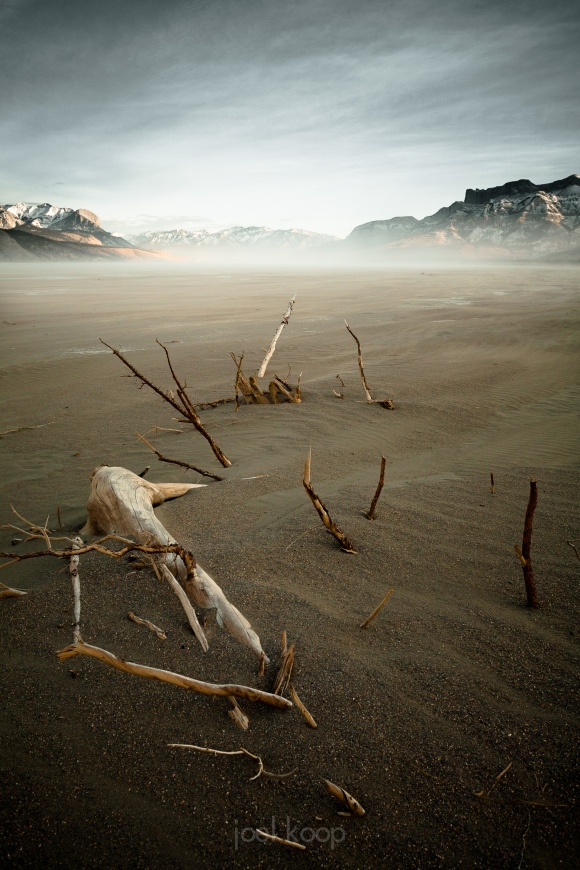Last weekend Anna and I finally got a chance to get out to the mountains, and it was a trip for trying new things. For the first time ever we tried snowshoeing together, cross-country skiing together, and winter camping. I was also giving my Olympus OM-D a torture test to see how much it could replace my Canon 5D kit for hiking.
Snowshoeing works great and is my new favorite way of getting around in winter. It lets me get wherever I want in any conditions with my hands free for photography, which is perfect for me. Skiing was a lot more fun as an activity, but I found it quite hard to mix with photography. Winter camping actually worked a lot better than expected and we slept cosily through the whole night!
I’ll post a review of my little OM-D in a bit, for now I’ll just start posting pictures from it. This photo is from Panther Falls — icicles forming against an overcast sky. I’m looking forward to printing this pretty large — the details in the ice are fantastic!
f7.1, 1/1600 of a second, 100mm
(I’ll be stating actual focal length here, not equivalent – more on this in my OM-D review)

